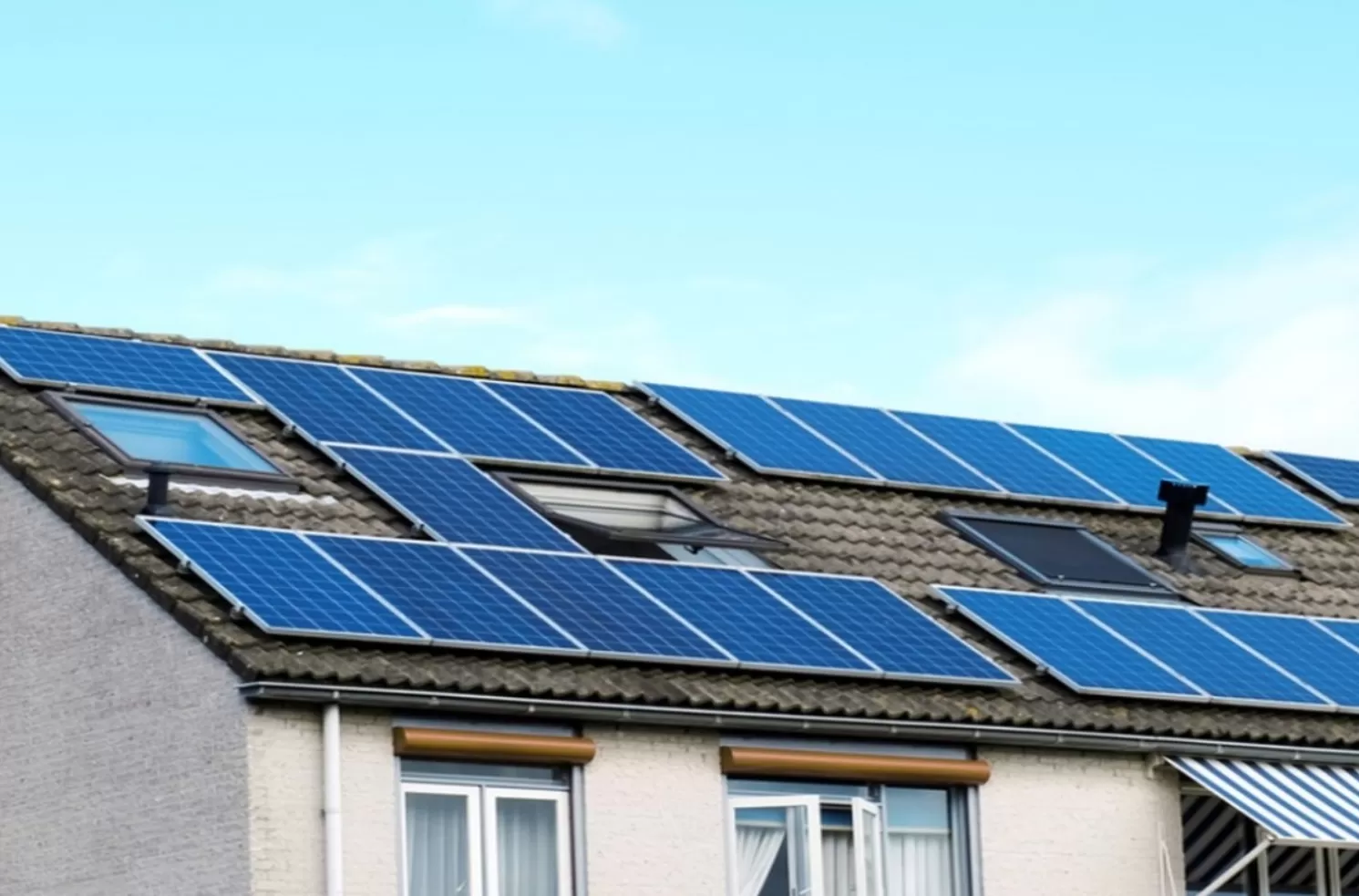Calculation Methods for Array Spacing of Photovoltaic Systems with Various Roof Slopes
Calculation Methods for Array Spacing of Photovoltaic Systems with Various Roof Slopes
The integration of photovoltaic (PV) systems into distributed energy generation, particularly on rooftops, represents an increasingly vital strategy in the pursuit of renewable energy sources. Given the diversity of building structures and roof designs, PV system installations must be tailored to various architectural contexts. This article aims to explore the calculation methods for the spacing of PV arrays on roofs with different slopes, considering factors such as solar position, roof material, and building orientation.

1. Understanding Solar Position
To effectively design PV systems, it is crucial to understand the position of the sun in relation to the building. In a horizontal coordinate system, the sun's position is typically expressed through its altitude angle and azimuth angle. For example, in Beijing, the solar trajectory can be determined using the following parameters:
Solar Altitude Angle (α): The height of the sun in the sky.
Solar Azimuth Angle (A): The compass direction from which the sunlight is coming at any specific point in time.
Local Latitude (φ): The geographical latitude of the installation site.
Solar Declination Angle (δ): The angle between the rays of the sun and the plane of the Earth's equator.
Hour Angle (ω): The measure of time since solar noon, expressed in angular measurement (degrees).
The solar altitude and azimuth angles at specific times, such as 9:00 AM or 3:00 PM on the winter solstice, are fundamental for calculating the spacing of PV arrays. The solar declination on the winter solstice is -23.45°, and the hour angles at these times can be calculated to establish the sun's position relative to the PV arrays.
2. PV Array Spacing on Flat Concrete Rooftops
For installations on flat concrete rooftops, the "Photovoltaic Power Station Design Specification" provides a formula for calculating the spacing of PV arrays to avoid shading. The formula takes into account the slope length of the array and the angle of the panels, as well as the latitude of the project site. The center-to-center spacing of the arrays must be sufficient to prevent shading during peak sun hours.
The formula can be given as:
[ D = L cdot sin(θ) + S ]
Where:
( L ) = Length of the array slope
( θ ) = Angle of the PV modules
( S ) = Latitude of the site
This ensures that the sunlight is not obstructed by adjacent rows of panels, maximizing the energy capture potential.
3. PV Array Spacing on Pitched Roofs
When installing PV systems on pitched roofs, such as those made of color steel tiles or ceramic tiles, the installation method typically follows the natural slope of the roof. In these cases, the spacing between rows of panels can be determined by considering a maintenance corridor that facilitates easy access for maintenance and inspection.
A recommended maintenance corridor width is between 500mm to 600mm, allowing for proper spacing without the risk of shading, as the panels in the front row do not obstruct sunlight from reaching the panels in the rear row.
4. Spacing for North-South Sloped Rooftops
Type 1: South-Facing Slopes
In buildings oriented with their ridges running east-west (i.e., north-facing slopes), it is essential to calculate the height difference between the front and back rows of PV arrays. The slope coefficient ( i ) is defined as the height difference divided by the horizontal distance between the highest and lowest points of the roof.
The difference in height between the front of the first row and the back of the second row can be calculated as follows:
For south-facing roofs, the height difference is negative.
For north-facing roofs, the height difference is positive.
This calculation ensures that the rear panels receive adequate sunlight and are not shaded by the front panels during peak solar hours.
Type 2: East-West Orientation with Tilted Panels
For buildings that do not have a direct south orientation, the spacing of the PV arrays must take into account the building's orientation and the solar position during specific times of the day. The azimuth angle of the building is crucial when calculating the effective spacing.
The adjusted spacing can be calculated using the formula that incorporates the building's azimuth angle and the solar azimuth angle at 9:00 AM or 3:00 PM, depending on whether the building is east or west facing. This method ensures that the effective angle of the PV panels relative to the sun is accurately represented in the spacing calculations.
5. Spacing for East-West Sloped Rooftops
Type 1: Direct East-West Slopes
When buildings have roofs that slope directly to the east or west, and the PV modules are mounted at an angle, it’s imperative to consider the impact of the roof's slope on shading. The height of the panels on the higher end of the slope can cast longer shadows, affecting the spacing between rows.
Type 2: Non-Standard Orientation
For roofs that do not have a standard east or west slope and where PV modules are installed at an angle, it is essential to adjust the calculations based on the building's azimuth angle and the solar position. This ensures that the shading effects are minimized, and the energy yield from the PV system is maximized.
The adjustments should consider the following:
For east slopes, corrections should be made using the solar azimuth angle at 3:00 PM.
For west slopes, corrections should use the solar azimuth angle at 9:00 AM.
Conclusion
This article summarizes the various methods for calculating the spacing of photovoltaic arrays on roofs with different slopes. The design considerations for concrete flat roofs and pitched roofs, whether south or east-west facing, involve understanding solar angles, building orientation, and the inherent slope of the roof.
While the focus has been on common roof types, the complexity of architectural designs means that some unique structures, such as domed or egg-shaped roofs, may require additional considerations. The methods and formulas provided herein serve as a reference for professionals in the photovoltaic industry, encouraging collaboration and sharing of best practices in the pursuit of efficient solar energy utilization.
As the renewable energy sector continues to evolve, the need for precise calculations and innovative designs will only increase, ensuring that photovoltaic systems can be effectively integrated into diverse architectural environments.
